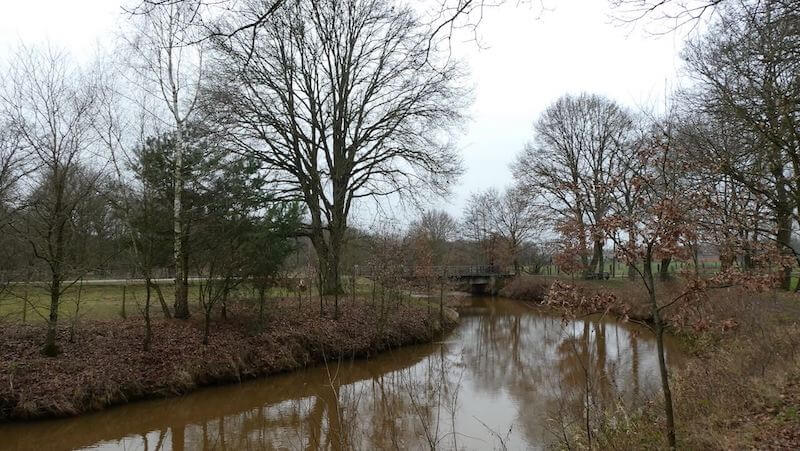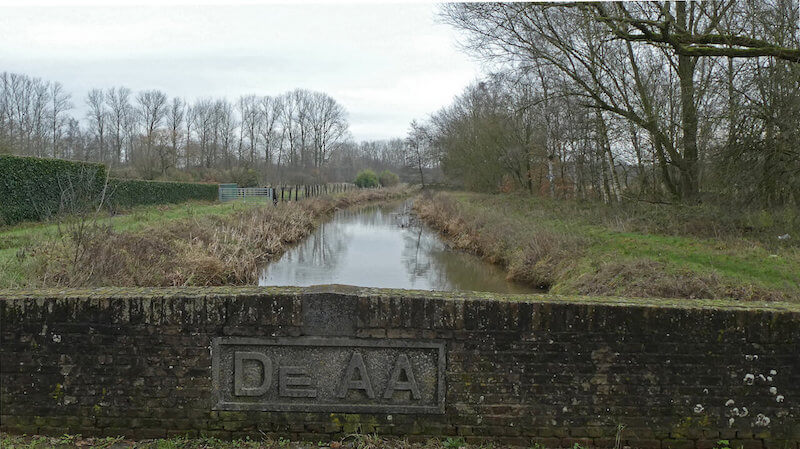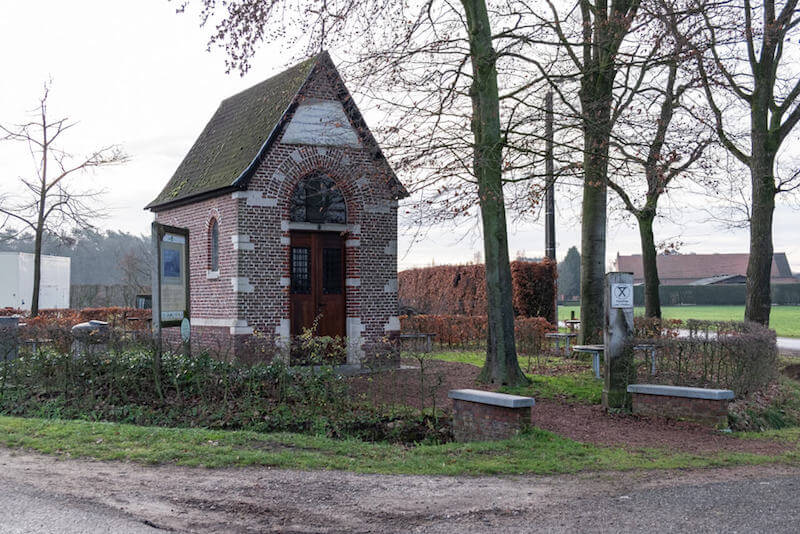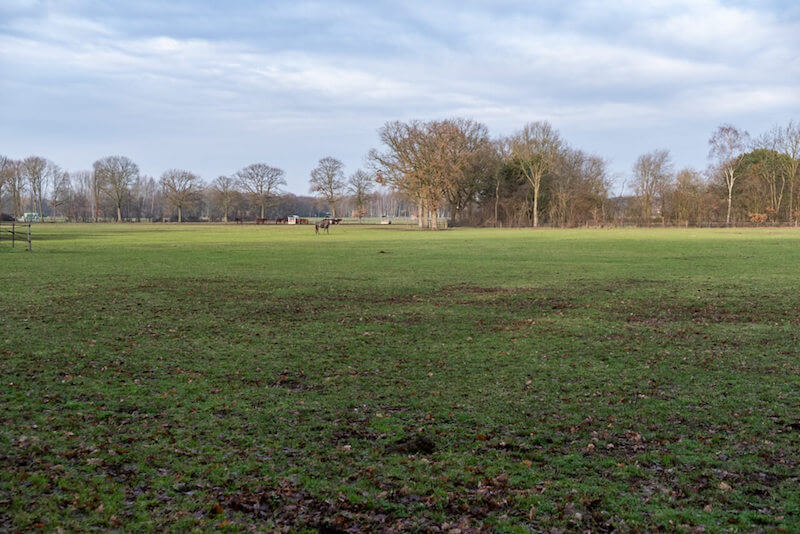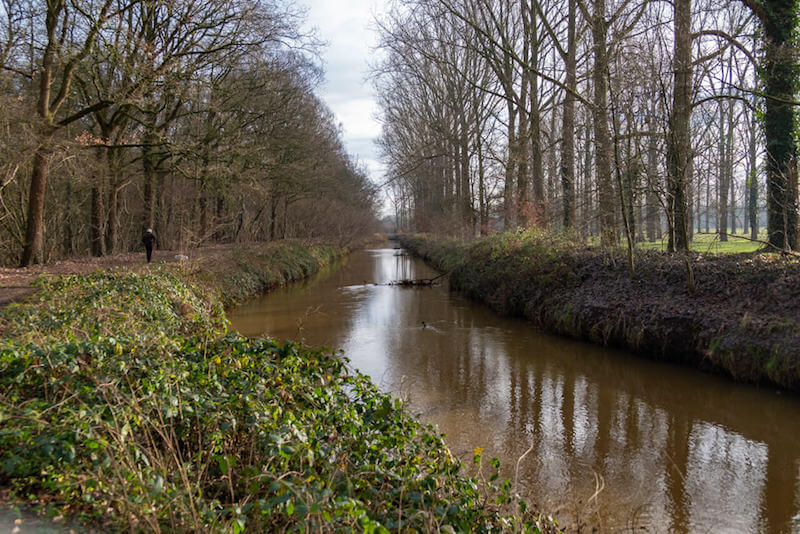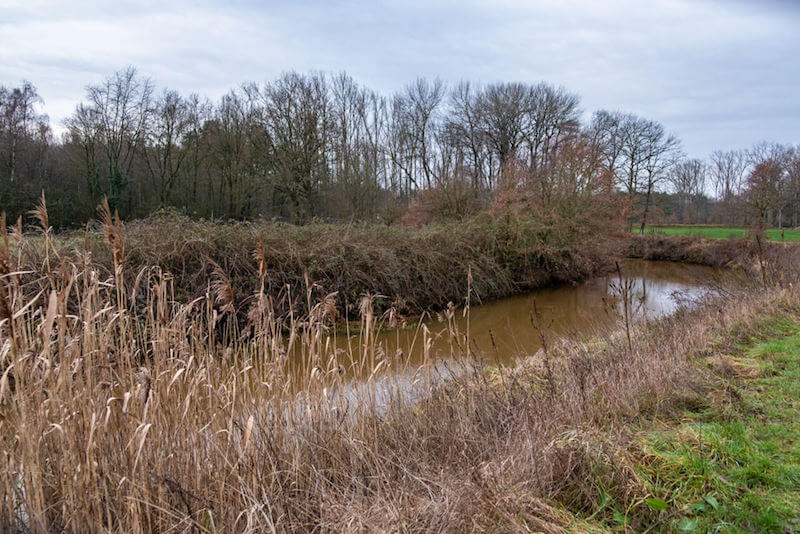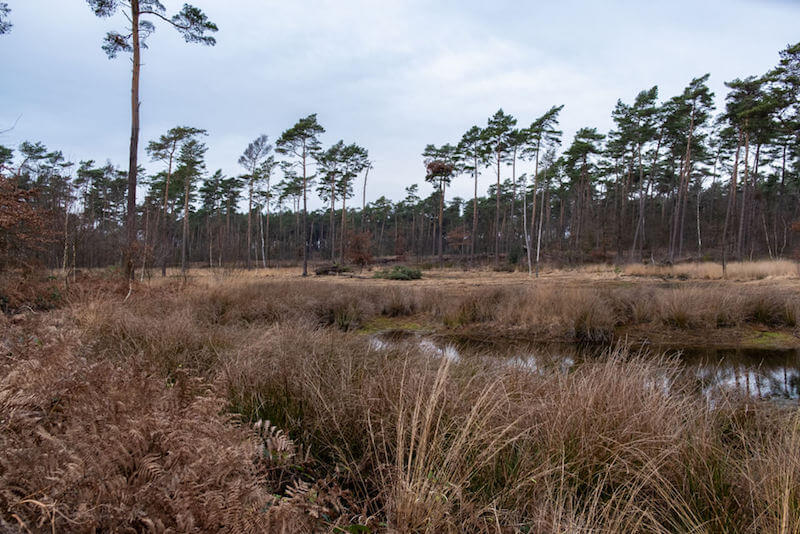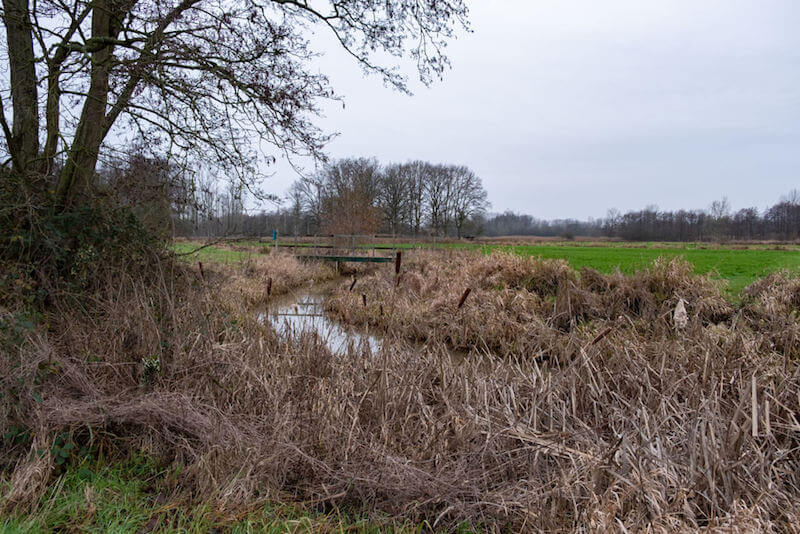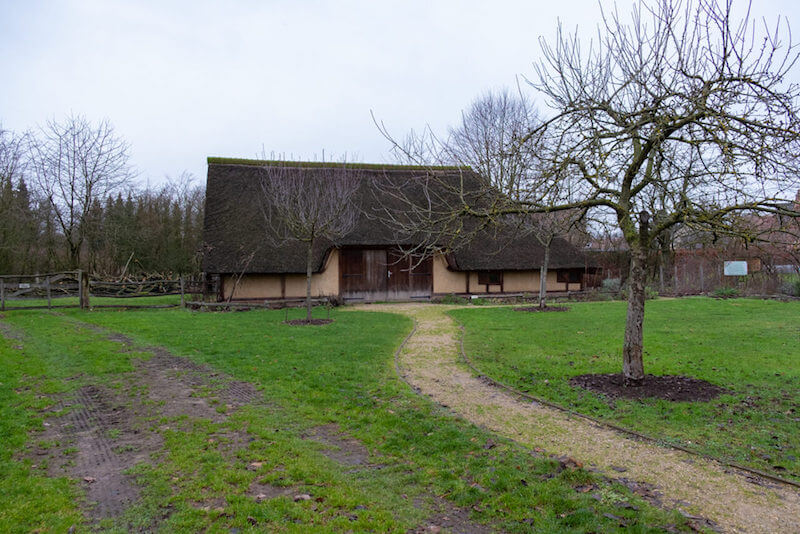
This walking route goes via nodes of the Kempense Hoven walking network through the Schupleer nature reserve. The Kleine Nete may not be the most celebrated river in Flanders, but it is still one of the most beautiful. The way she winds through the landscape and has carved many beautiful meanders, is truly unique. The landscape image in these valleys is determined by vast, wet meadows, trunks and some beautiful reed.
Distance: 8 km.
Time: 2h30.
Grade: Easy.
Type: Circular.
Gps Track: Yes.
Route description: Yes.
Wheelchair: Not suitable.
Dog: Allowed.
Height gain: Flat.
Trail: Paved and unpaved.
Marking: Walking nodes.
Hiking shoes recommended.
Advertisement.
Kleine Nete and Aa.
The walk leaves the Natuurpunt sheep shed and goes via a paved road over the bridge from the Aa to the chapel at the Heiken. Then it goes in the direction of the Kleine Nete via a number of beautiful roads and paths. You follow the meandering river up to the Lenteheide. Here it goes back in the direction of the starting point.
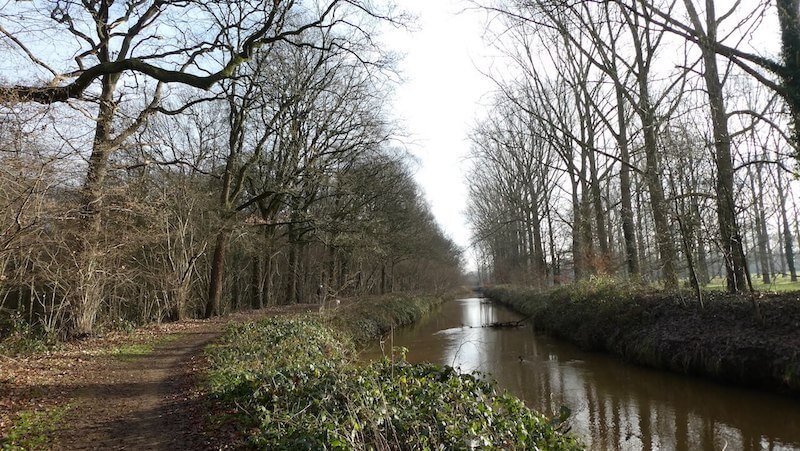
Well marked.
POI 1 - Chapel of the Heiken.
The Heiken is the name given to the former Oirlandse Heather. The Heiken developed into an important hamlet of Vorselaar. The Van Thielen family built a beautiful chapel there in 1905. That was what father Van Thielen had promised if a son was born in the family. It is still the same family that takes care of the maintenance of the chapel. The Heiken is also known by the folk healer Mie Broos (Maria Van Loock). From far and wide, even from abroad, people came to the Heiken to be cured of skin diseases.
No extra information.
POI 2 - Schupleer Nature Reserve.
The Schupleer nature reserve owes its richness to two rivers: the Kleine Nete and the Aa. The water quality of the rivers is still remarkably good. The Kleine Nete and the Aa leave their banks every winter. As a result, more than 500 ha will be flooded in damp winters. The name 'Schupleer' refers to the hard labor of our ancestors who mined iron or iron mill in the Aa valley. The ironstone had to be brought to the unloading place at the Kleine Nete near the abbey of the Throne. The flat barges with which it was transported were pulled with manpower. To limit the distance, several channels were dug between Aa and Nete. Several of these 'throats' are still visible in the landscape and have also given it its name. 'Schupleer' refers to older forms of 'ship' and 'lead', and means as much as' guided or dug watercourse. The iron layers form an impenetrable layer of soil. The groundwater that surfaces in the area has a typical rust brown color, due to the iron oxide that is present in it. On the border with Grobbendonk and Vorselaar the Kleine Nete breaks through a dune ridge. From the walking path on the right bank you can still clearly see the forested dunes. On the wooded dunes of the Kempen hill ridge we find remnants of heath and typical fens.
Natuurpunt.
www.natuurpunt.be



